Backbone CEO details the 'Apple Watch level engineering' behind the company's new Pro mobile controller
“What should the future devices that we use look like?”
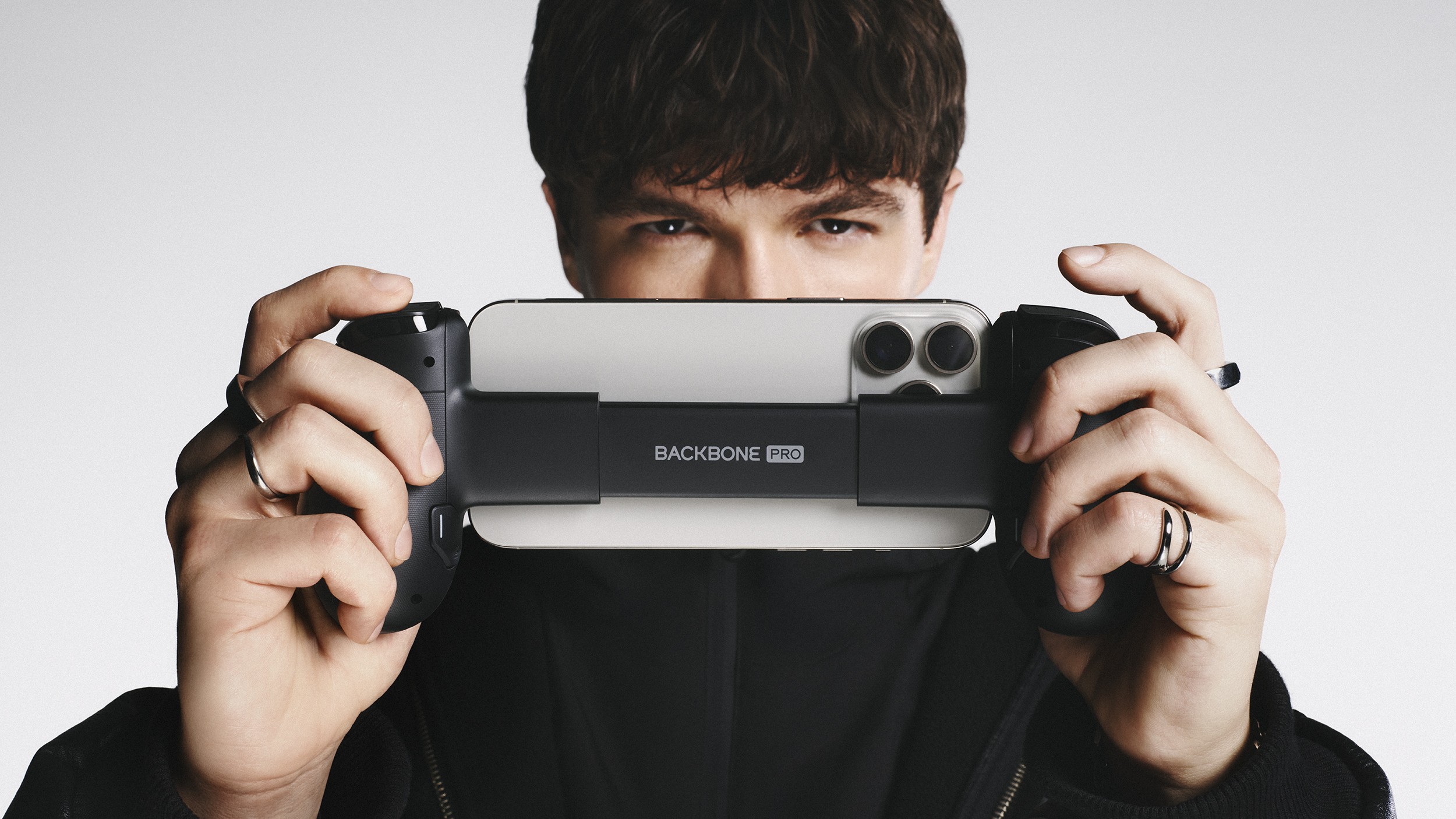
Mobile accessory maker Backbone recently unveiled the Backbone Pro, the first major addition to its mobile controller line-up since the launch of the original Backbone One in 2020.
Its overhauled design takes everything that we already loved about one of the best mobile controllers to the next level by adding full-size thumbsticks and remappable rear inputs, plus completely redesigned ergonomics with much chunkier grips.
Even its face buttons and D-pad feel improved, with spongier switches much more in line with those found on the likes of the DualSense Wireless Controller than the old tactile clicky ones. The Backbone Pro comes loaded with heaps of new features too, most significantly the ability to use the controller wirelessly. It’s got Bluetooth support, giving you the option to pair it with everything from your PC and laptop to VR headsets and smart TVs, and a built-in battery that offers an impressive up to 40 hours of charge.
I sat down with Backbone founder and CEO Maneet Khaira to learn more about this new controller, but he is first careful to emphasize that the existing Backbone One isn’t going anywhere. “To be very clear, we still consider Backbone One to be the best in class mobile gaming device. So if your interest lies in playing games on a mobile and having something small and portable and comfortable that you can bring with you, we still highly recommend the Backbone One,” he begins.
“With Backbone Pro, it's really a more premium experience. Backbone Pro allows you to have a better experience doing all the things that you want to do.”
Into the cloud
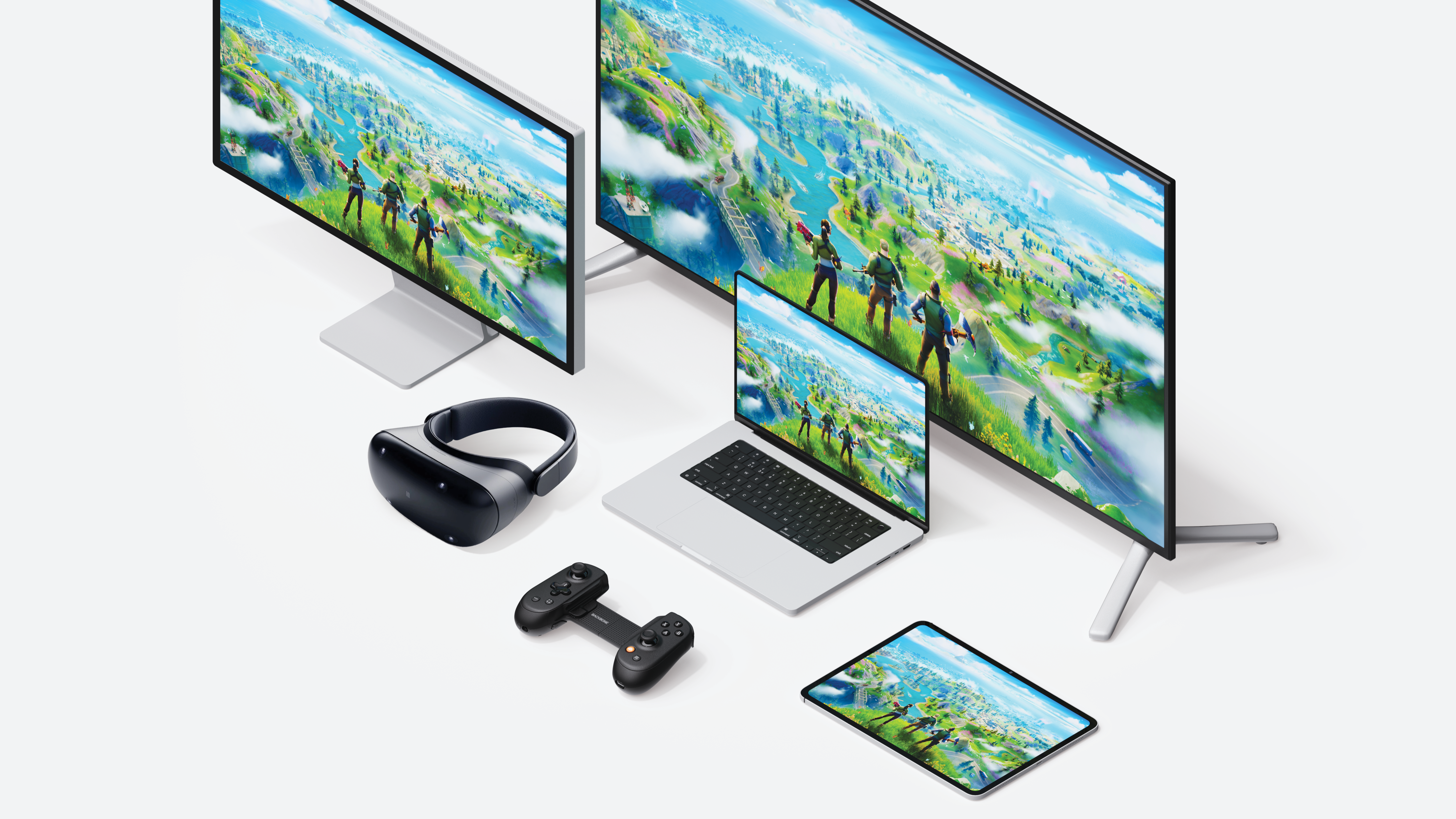
The Backbone One will remain an important part of the company's offering, but with the Backbone Pro’s Bluetooth functionality, it’s clear that it now has its sights set on dominating the rapidly growing cloud gaming market.
“To add a little bit of context behind the development of Backbone Pro, I think in a world where you can stream games to every single screen and you can also play high fidelity games on phones, the nature of the type of device you'd want to use may look completely different from the ones we're used to using today,” Khaira explains.
Sign up for breaking news, reviews, opinion, top tech deals, and more.
“It's really designed around the notion that you can play games on every single screen that you own, which is becoming increasingly the case.”
According to analysis from consulting firm Alixpartners, the continued rollout of 5G infrastructure, in addition to higher demand for AAA gaming experiences on mobile and increased investment in cloud infrastructure from major players like Xbox and PlayStation, could see the cloud gaming market reach $64 billion in value by 2030.
This would, in turn, massively increase the demand for widely compatible cloud gaming accessories, rather than traditional gamepads intended for use with one specific system.
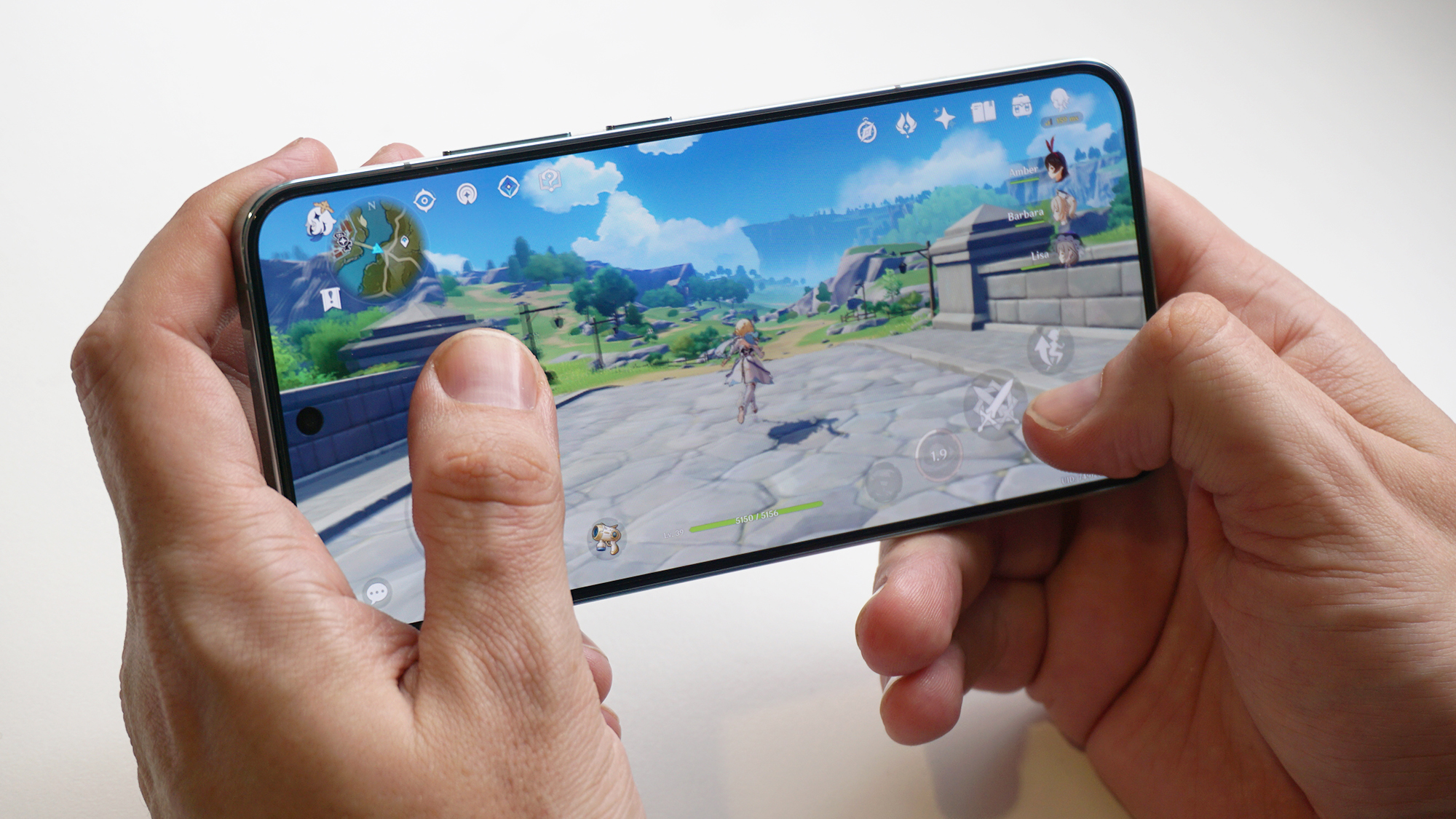
It seems like cloud gaming is the future, and Khaira clearly wants to be ahead of the curve. “There are two macro trends that we've always believed in. One is that high-fidelity games were going to become increasingly popular on mobile devices. Back when I was working on this area at Google, a single-digit percentage of all Google Play revenue would come from games like Genshin Impact, Fortnite, Roblox – the types of titles that you wouldn't consider typical casual mobile games. Now it's over half,” he says.
“Secondly, we believe that, just like music and TV moved to streaming, it was inevitable that gaming would move to streaming as well. Microsoft Gaming CEO Phil Spencer recently said that a double-digit percentage of all time spent on Xbox is time spent streaming games from the cloud, more than one out of every ten minutes. It was virtually zero when you received your first Backbone One device.”
Part of this growth is being driven by the fact that cloud gaming is rapidly becoming a more attractive and affordable option for consumers. Xbox Cloud Gaming is now included in an Xbox Game Pass Ultimate membership, and competitor Sony offers cloud gaming streaming as part of its PlayStation Plus Premium offering. Nvidia GeForce Now caters to enthusiasts eager to experience the highest-end graphics without the need for a powerful gaming rig, while a version of Amazon Luna, a cloud gaming service from the eponymous online retail and cloud computing giant, is part of the hugely popular Amazon Prime subscription giving even casual gamers the opportunity to try the technology.
“I think part of the reason the company has gotten to this point is the fact that these two trends have become increasingly significant,” reveals Khaira. “Backbone Pro really answers the question ‘what should the future devices that we use look like?’”
Two human hairs
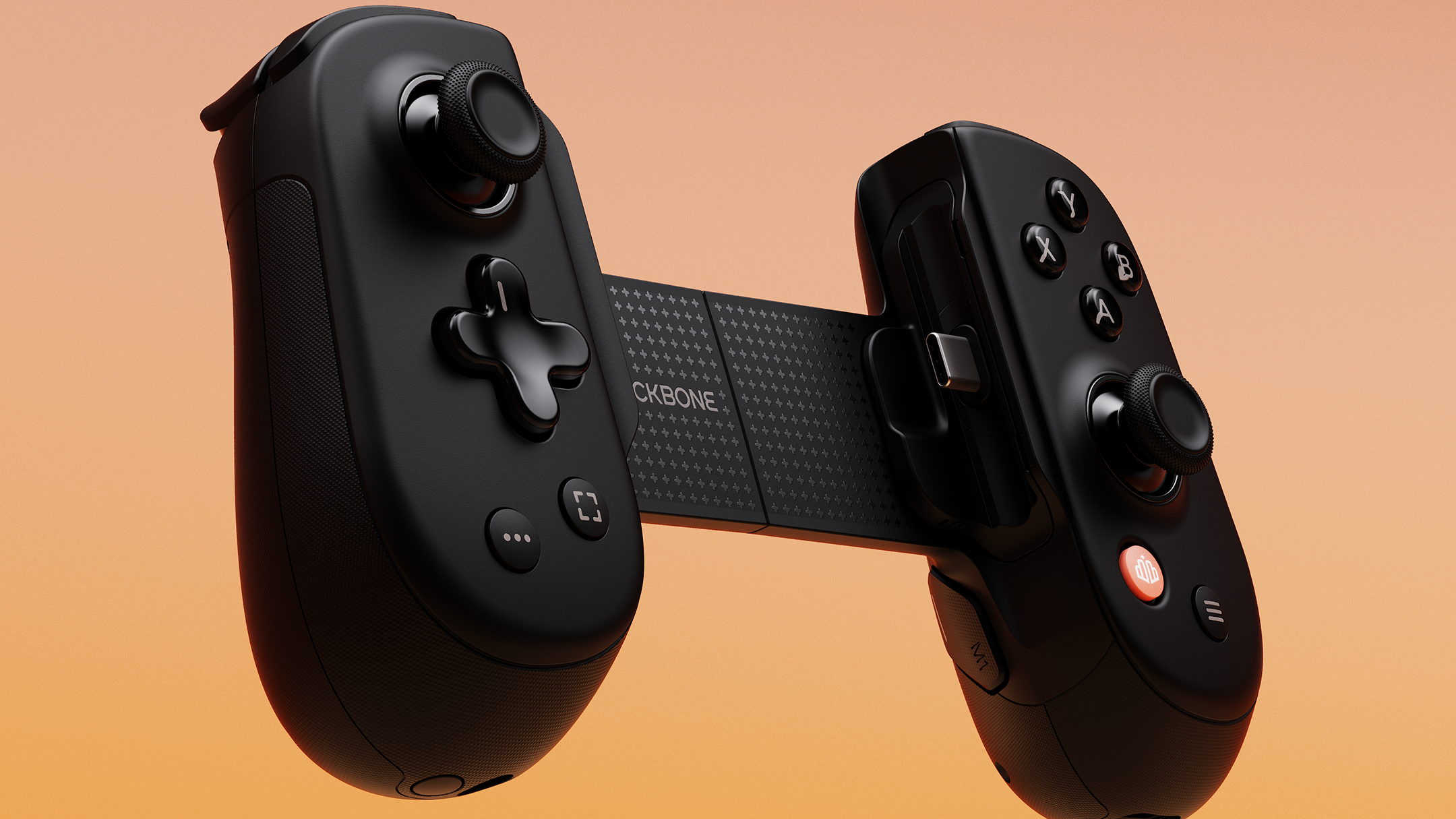
The Backbone Pro is a surprisingly compact mobile controller despite its wide feature set, coming in comfortably smaller than competing offerings like the Razer Kishi Ultra. Achieving this was not an easy feat, apparently requiring far more research and development than almost any other peripheral on the market. As Khaira succinctly puts it: “This thing is incredibly complicated.
“If you were to open it up, you'd see three individual circuit boards on each side, just to allow all the components to fit in, which is basically Apple Watch level engineering. A typical game controller would probably have one circuit board for context,” he continues.
“At one point during development, we realized that the thumbsticks were going to be 250 microns more proud than we intended them to be and this was a problem, because it threw off our ergonomic specifications.” To remove this unintended height, equivalent to the thickness of two human hairs, the team had to “find a way to shave off 25 microns in 10 different locations throughout the design.”
This might sound excessive, but ergonomics were one of the biggest considerations in the design process. According to Khaira, the development team relied on a proprietary digital goniometry method that involved recording 360-degree videos of the tester's hands and using them to measure the angles of joints in order to assess the overall comfort.
“Normally, if you wanted to measure joint angles of the hand, you'd have to use a tool called a goniometer and you'd have to get someone to stop playing to have an ergonomist take the measurement,” he explains. “But the problem is you interrupt the natural gameplay. This is something where people are in motion, and if you're just capturing a very static moment, you don't get the full picture of whether something's comfortable or not.”
More than 9,000 attempts
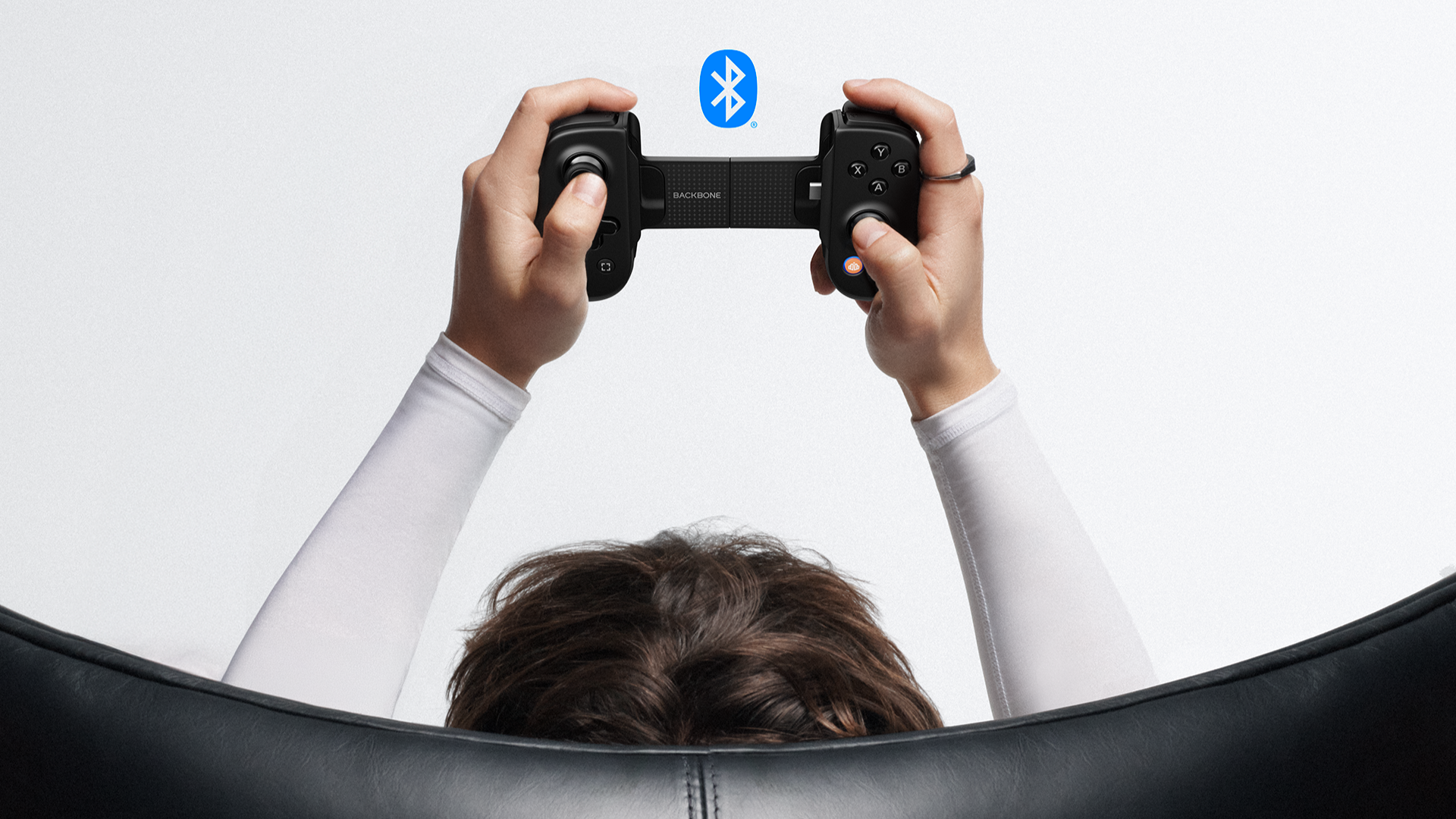
It took “over 9,000 individual part iterations to arrive at the final design,” a level of fine tuning that Khaira thinks puts the company’s offering ahead of everything else. “I don't think any product has ever gone through that many iterations, I would be surprised if Xbox or Sony even did that many, " he remarks. “After all those part iterations, we were finally able to whittle away at the overall sculpt and form factor.”
There were also plenty of other design considerations beyond the overall shape to keep on top of that complicated matters further. The pleasant texture on the rear of the controller’s grips alone, for example, “went through 100 iterations” with everything from linear patterns to radial ones tested until they settled on one that would help “break up the surface tension from sweat, without being too rough to hold inside of the hands.” The texture even extends onto the bottoms of the triggers, a smart way to offer a little more traction and stop your fingers from slipping.
Even the soft appearance of the rounded D-pad had a lot of thought put into it. “We're not interested in RGB lighting,” Khaira proclaims. “We want to build products that you could leave out on a table inside of your home, and would look like really interesting and curious objects. Part of that was behind the decision to make a D-pad shape like this.”
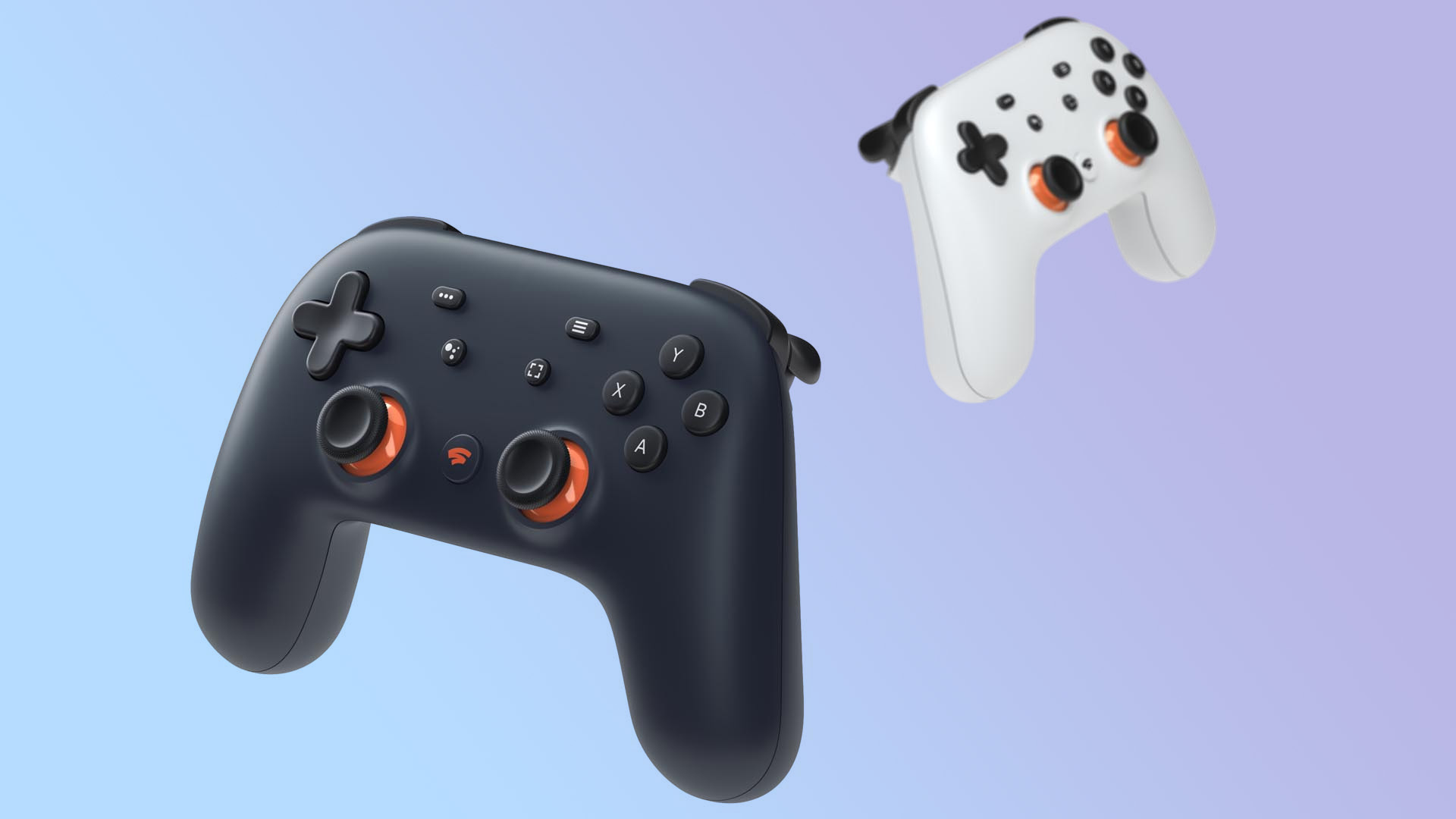
I mention that the end result is an overall look that’s not too far removed from that of the, in my opinion, quite cute Google Stadia Controller – a Wi-Fi-capable gamepad designed for use with Google’s now defunct cloud gaming service. “I was going to add that our research team is actually led by Evan Silverman, who was the research lead for the Stadia Controller, so he did all the ergonomics research behind it,” Khaira responds.
“The Stadia Controller was the first ground-up redesign of a controller outside of Microsoft and Sony, really, there had not been that level of investment in such a device. [...] What we were thinking about was how we can bring this to a science, rather than doing a lot of guesswork around what defines comfort. Evan took all of the learning that he did on the Stadia Controller, and we benefited pretty heavily from his previous experience. Our team consists of people who worked at Apple on the original iPhone team, folks who worked on the Meta Quest, and engineers that worked at Google on products like that.”
Backbone is betting big on a cloud-based future. The Backbone Pro certainly looks like it has the makings of a great gamepad from a design and aesthetic standpoint, but only time will tell whether consumers are drawn to its multi-device features. It is available to order now for $169.99 / £169.99 via the Backbone website.
You might also like...
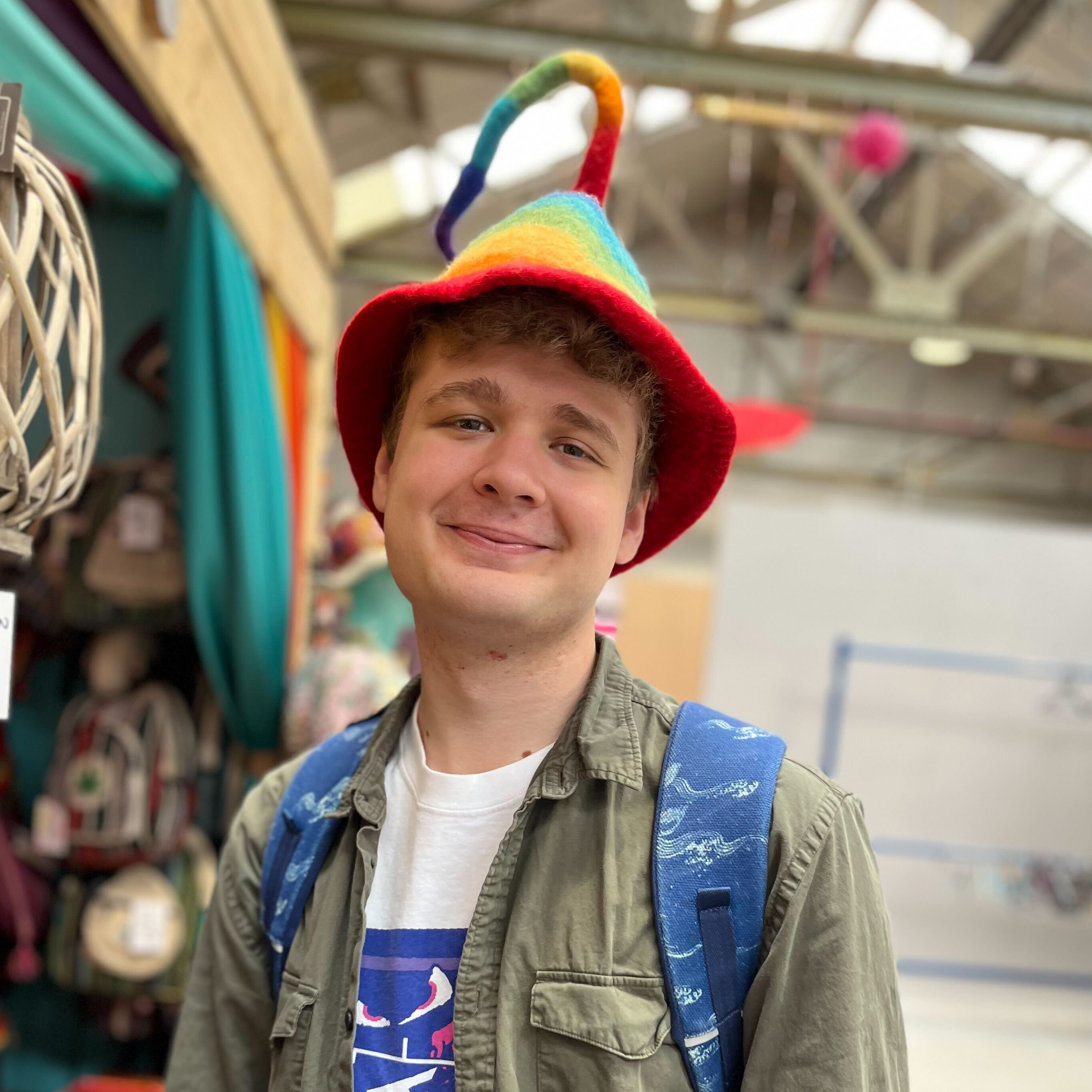
Dash is an experienced tech journalist who currently serves as the Gaming Editor at TechRadar, where he helps oversee coverage of video games and related products.
Before joining the team, he was Contributing Writer at PLAY (formerly Official PlayStation Magazine) and has also written articles for many of the UK's biggest gaming magazines including Edge, PC Gamer, and SFX.
Now, when he's not getting his greasy little mitts on the newest hardware or gaming gadget, he can be found listening to J-pop or feverishly devouring the latest Nintendo Switch otome.
You must confirm your public display name before commenting
Please logout and then login again, you will then be prompted to enter your display name.